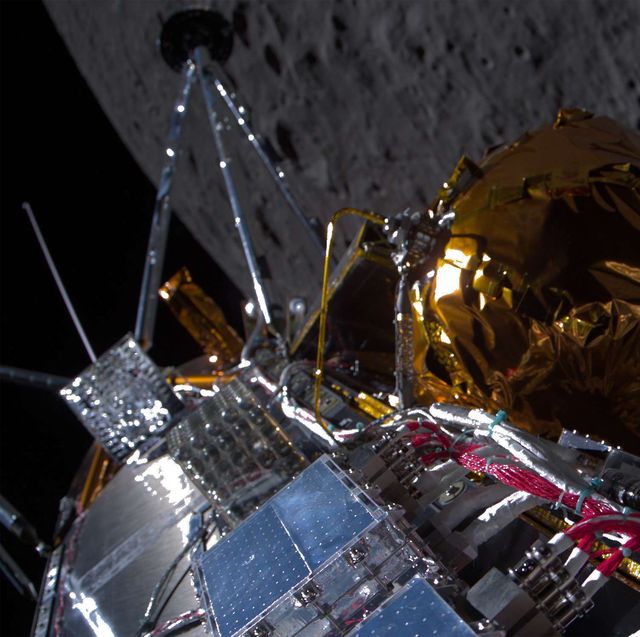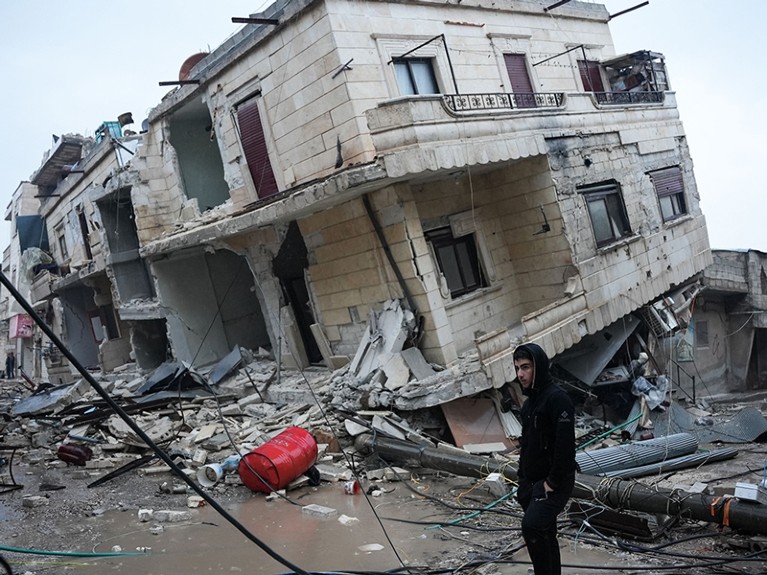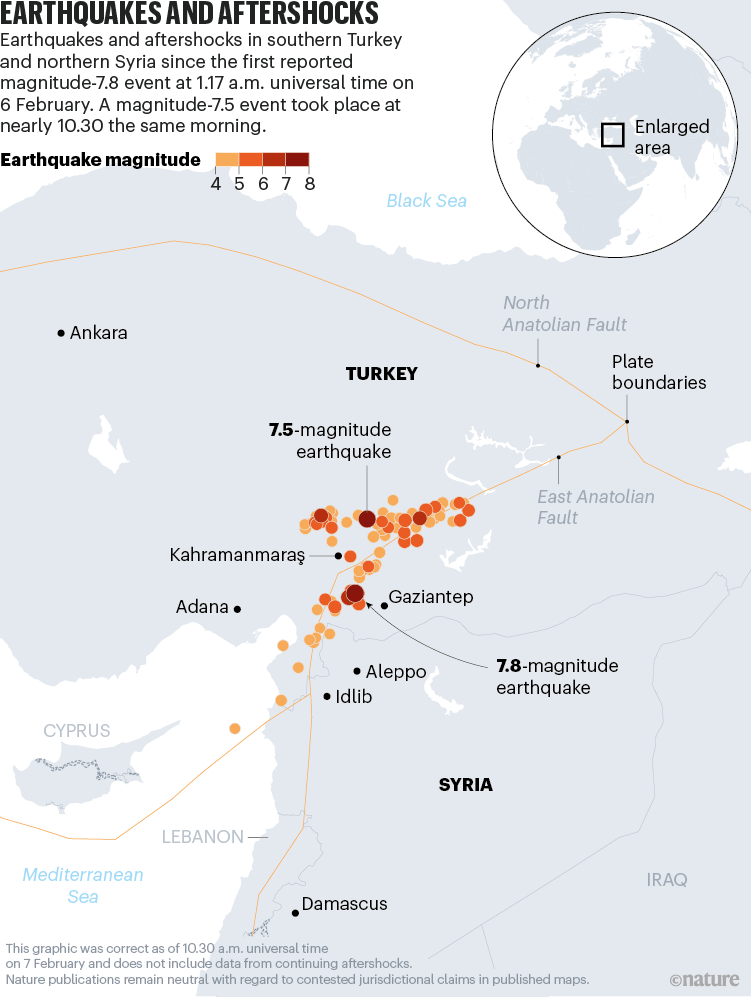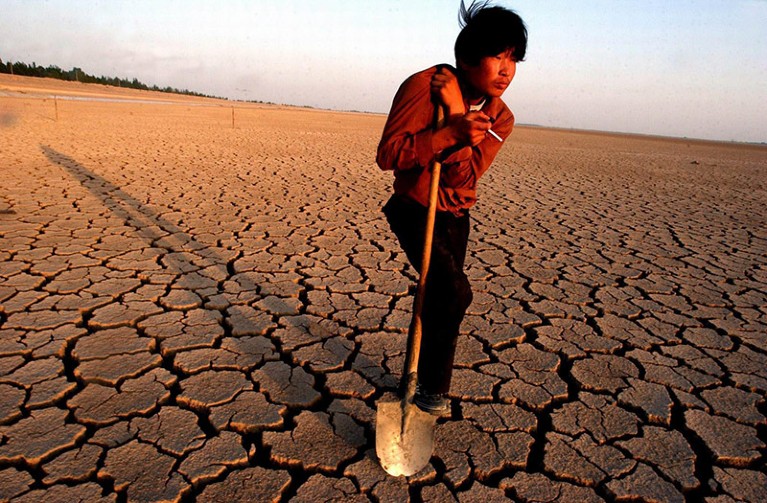The news comes as speculations about her whereabouts reach new heights online.

- Kate Middleton, 42, has been diagnosed with cancer.
- The Princess of Wales revealed in a statement Friday that she is undergoing chemotherapy.
- She is asking for “time, space, and privacy,” while she and her family navigate the diagnosis.
Kate Middleton, the Princess of Wales, has been diagnosed with cancer. The royal revealed in a statement Friday that she is undergoing chemotherapy treatments and asks for privacy during this difficult time. The news comes after weeks of speculation about her health reaches a fever pitch online, and after she underwent abdominal surgery in January.
While the specifics of the 42-year-old’s diagnosis are not yet known to the public (she did not specify the type of cancer nor the stage), she did make a statement.
“In January I underwent major abdominal surgery in London and at the time it was thought that my condition was non-cancerous. The surgery was successful, however, tests after the operation found cancer had been present,” the Princess of Wales said in a video updating fans on her health released by Kensington Palace.
She then explained that her medical team advised “a course of preventative chemotherapy,” which she is undergoing. “I am now in the early stages of that treatment,” she said in a palace statement. She asked for “time, space, and privacy” while finishing treatment.
The Princess noted that she, too, was surprised by the diagnosis. “This, of course, came as a huge shock, and William and I have been doing everything we can to process and manage this privately for the sake of our young family. As you can imagine, this has taken time. It has taken me time to recover from major surgery in order to start my treatment,” she said.
Depending on the type of cancer and surgery, which again, is unknown to the public at this time, it can take up to six weeks to heal, according to the Cleveland Clinic.
“But, most importantly, it has taken us time to explain everything to George, Charlotte, and Louis in a way that is appropriate for them, and to reassure them that I am going to be OK.”
Chemotherapy is a drug treatment that uses powerful chemicals to kill fast-growing cells in your body, and is most often used to treat cancer, since cancer cells grow and multiply much more quickly than other bodily cells, the Mayo Clinic notes. Many different chemotherapy drugs are available, and can be used alone or in combination to treat a variety of cancers.
The Princess relayed a message of hope to others affected by similar diagnoses. “At this time, I am also thinking of all those whose lives have been affected by cancer,” she said. “For everyone facing this disease, in whatever form, please do not lose faith or hope. You are not alone.”
The news comes soon after King Charles was diagnosed with cancer. Our thoughts are with the Princess, the King, and their families at this time.

:focal(1024x770:1025x771)/https://tf-cmsv2-smithsonianmag-media.s3.amazonaws.com/filer_public/b1/f9/b1f9aa14-b04f-44b2-aea7-1f1f12c40ffa/53544280843_2688134ead_k.jpg)




